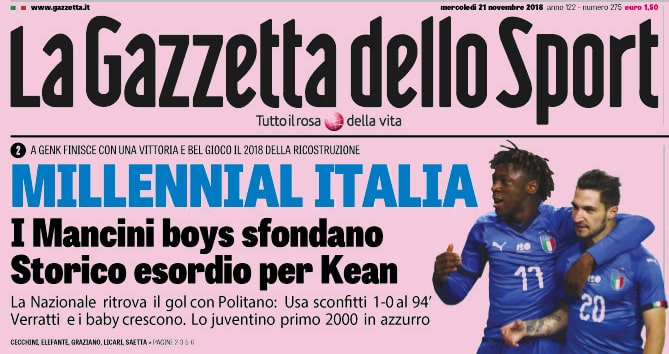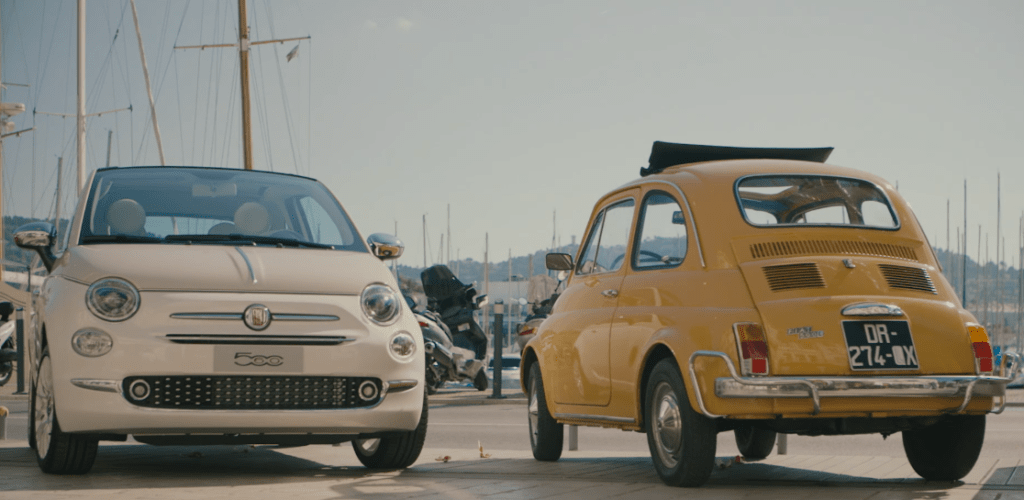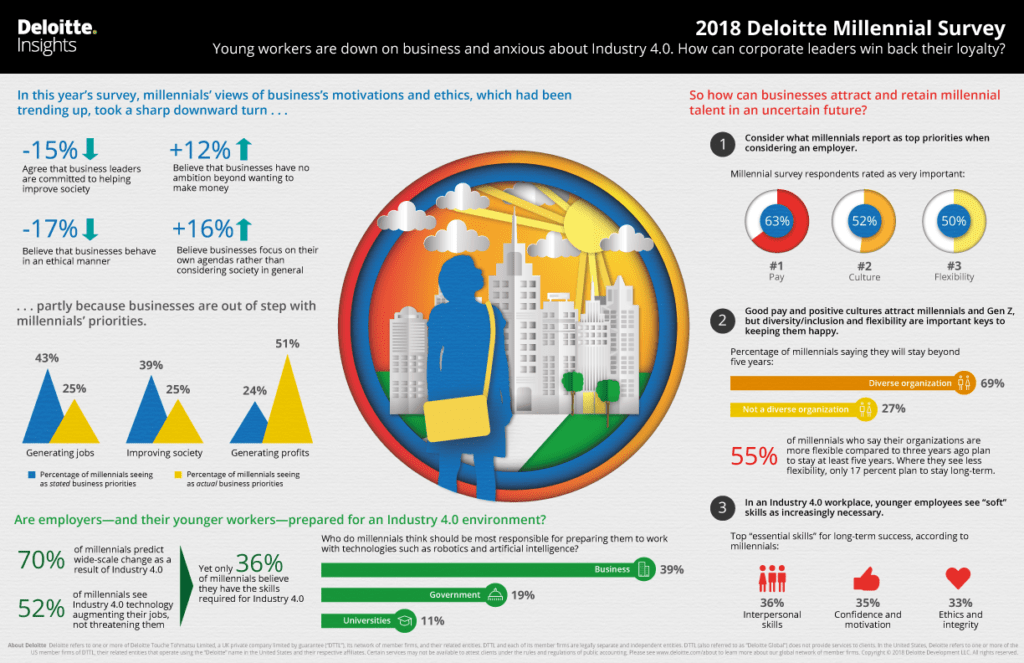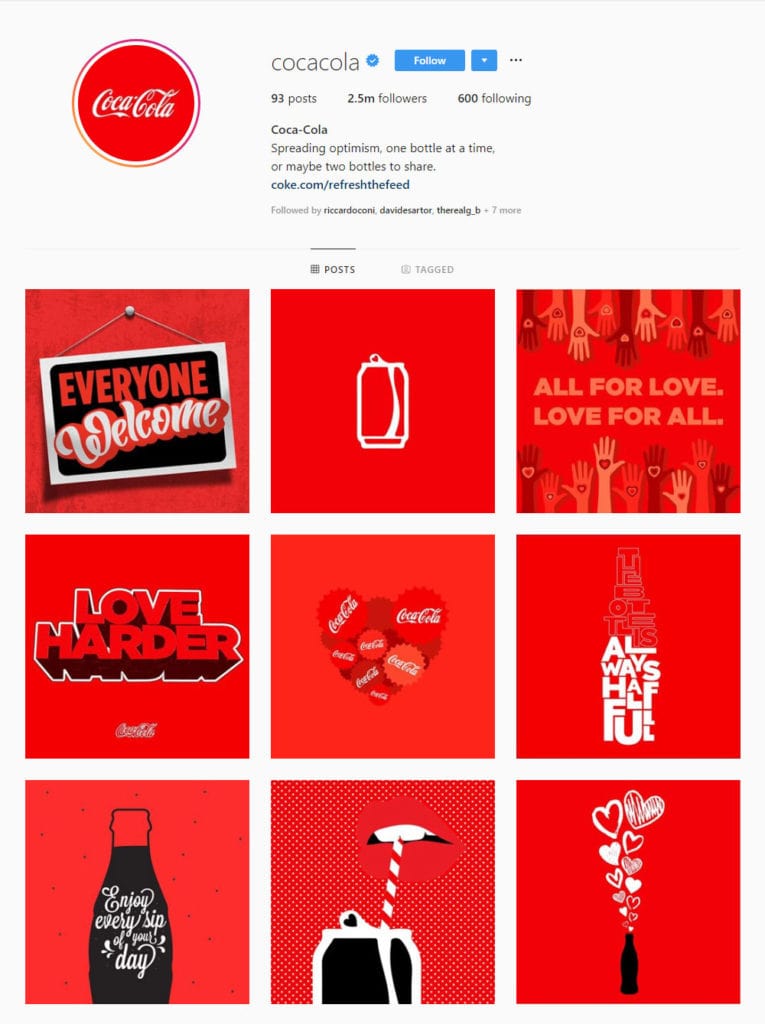That of the “Millennials” is the category of people, of interest for the marketing offices of the companies, for the communication agencies and for the research companies, of which in the last few years there has been more discussion. But why? And how did the needs of the Millennials target evolve from 2015 onwards? Before that: who are the Millennials? The Millennials are those people born between 1980 and 1995, the first generation of history to be completely digitalized and to have reached adulthood in the new millennium. They are not digital natives like the people of Generation Z, who are currently in adolescence or at most are just twenty, but Millennials with digital technologies are very familiar, in the same way that they have a great awareness of consumer choices that they do every day. Let’s imagine a group of young people, currently around 28 to 38 years old, informed, with critical thinking, with profound motivations and high expectations. In America we are talking about 36% of the population, in Italy 25%. I will try to tell the evolution and their characteristics during this article, which updates the previous article of 2015 on the characteristics of the Millennials target.

Millennials generation ontology and difference with other categories of people: it is good to remember them
Outside of marketing environments, lately it is erroneously starting to consider millennials as people born after 2000. On November 20, 2018, a friendly football match was played between the Italian national football team and that of the United States: for the first time once, a player born after January 1, 2000 made his national debut. Journalists, commentators and commentators talked about “millennials”, without knowing the real meaning of this term.

We can recognize, in fact, that the term can legitimately lead to confusion, but literature agrees in defining “millennials” generation those people who have reached the age of majority in the new millennium. The first to speak of it were two American historians, William Strauss and Neil Howe, already in the late 80s. In marketing, the first authoritative magazine to have spoken of millennials was Forbes in 2014 with the article The Recession Generation: How Millennials Are Changing Money Management Forever, as Paolo Iabichino rightly reminds us to the letter “M” of “Millennial” in his splendid “Scripta Volant” of 2017.
As mentioned above, there is a difference between those who are “digital natives” and millennials: the former are still too young to express consumption choices; they are at most influencing of their parents’ consumption choices. There is a thriving market aimed at this age group, and it is normal to expect that the technology market and many others will increase their turnover also thanks to these people, who in a few years will have come of age. In some cases, then, the young people of the Z generation – so it is called who was born between 1995 and 2010 – already have the age to be impacting on the marketing choices of the companies: I refer to this article of mine about two years ago on Generation Z. Then, we begin to keep it in mind: in a few years we will begin to speak in an increasingly pervasive way of the alpha generation, the young (very young) born after 2010, who currently at most have just started elementary school, but I guarantee you that they already know how to use the iPhone and some apps better than their parents.
The Millennials in 2018, what they became and who they are
One of the ways to see that “Millennials” is a word that has now entered common parlance and into the Italian language, and not just the language of the marketers, is to have noticed in many publications the disappearance of the “s” to indicate the plural when the it is written or pronounced, a typical case of inadequate “forestierisms”, i.e. those foreign language words that have not fully entered the Italian language. Here, in the case of the “Millennials” many times it is seen written or hears “i millennial“: therefore, let us put it away, the millennials have definitely entered history and into our lives. Also because we are the millennials, in many cases: the new entrepreneurs, or those who write the contents and who design communication campaigns, and try empathically to reach people similar to them, somehow projections of themselves. And above all the millennials are those people who have consumption habits that in 2015 were “disruptive”, but that have now become consolidated, between awareness of adulthood and disillusionment with ideals of sustainability.
Why are Millennials the best audience for marketing campaigns?
Let us immediately agree on one thing: it is not that doing a campaign to reach the target millennials is aimed at a niche of people or a target audience with particular characteristics, it simply aims to dialogue with people of the age group from Around 25 to 40 years old. The millennials are those people who finished their studies in 2018, or who have been working for a few years, who opened their business recently, who leave their hometown to reach the big city, who try their career in the big company, who are by starting a family and maybe – in some cases perhaps belatedly – they already have one or two children.
And just as the parents of the baby boom generation experienced this transition phase before the great crisis of the 1970s, with the explosion of consumption during the mid-1960s and the first years of the following decade, the generation of millennials in this historical period has a life to build, which is equivalent to a lot of expenses to be incurred and therefore consumption choices to make.
Millennials have created a complex market because Millennials are complex
In 2018 we no longer live in a commodity market, where there was a car or a refrigerator to choose from, and where surely other consumption choices were made more easily and quickly. In 2018 the market is complex: cars are small cars, sedans, small sedans, SUVs, mini-SUVs. The engines are petrol, diesel, hybrid, electric, LPG. There is the Japanese house, the Korean one, the classic Italian brands (already, FIAT has relaunched and repositioned some models, first of all the 500, to take on the millennials!), The French, the most reliable German, and many others.

A frame taken from the Fiat 500 Forever Young commercial
A fridge? There is no longer only Smeg (although Smeg, relying on nostalgia, was able to reposition its classic model in a high-end market): we arrived at the smart refrigerators of the great Korean technology giants. And it is in technology that everything has changed: millennials breathe digitally, smartphones, tablets, PCs and tech devices of all kinds are an extension of themselves.
But the market and supply depend on demand: or rather, one depends on the other.
So, if the market is so complex and competitive, it is because it is the target of millennials that have particularly complex needs.
Precisely because that of millennials is an informed and highly critical target, for each category of products there is a quite jagged and tormented customer journey, unless he has fallen in love with some brands (and it happens) that are considered irreplaceable. But for the millennial it is normal to do the shopping one week at an organised large-scale distribution store and the week after another; buy a brand of cookies and then change it; take a smartphone from a brand and after a year change it to another brand; subscribe to a video streaming service but then deactivate it after a month to subscribe to a competitor’s; and so on.
The market is currently so complex that one of the major communication levers in the marketing campaigns of complex products and with the highest involvement (according to the FCB matrix of Foote, Cone and Belding) has become simplicity. Imagine a brief for the creation of a communication campaign addressed to millennials with the justification of a market research: “millennials want simplicity, comfort and flexibility, because they are autonomous and demand customizable products, tailored to their needs.”. It is not so far from reality.
How to reach the Millennials generation in 2018?
Now is the time to go and see what Deloitte’s authoritative market research tells us about the millennial target, to investigate in more detail the nuances of the behavior of this category of people, in order to have implications in terms of choices marketing that companies or agencies can do to reach millennials and involve them in the most effective and efficient possible way.
What emerges most clearly from the Deloitte survey, conducted on a global sample of over 10,000 millennials, is that these people want companies to have a more positive impact on society. So, let’s go “beyond” the products and the market for a few moments – let’s leave the marketing and talk about “societing“ (even if in reality we are talking about the same thing): for millennials, the symbolic association of the brand increasingly counts with certain values and ideals. The positive perception and trust of millennials towards this type of behavior on the part of companies, over the last year, has decreased. Without detracting from the financial objectives of the companies, millennials believe that the following activities should have higher priority for the brands:
- Leave a positive impact on society and the environment
- Create innovative ideas, products and services
- Improve people’s lives, open jobs and develop career opportunities
- Emphasize inclusion in the workplace.

An infographic on millennials from the Deloitte survey available at this address.
In practice, companies, in order to have a favorable opinion from millennials, should pursue a coherent ideal towards the positive improvement of the conditions of people, society and business culture. The expectations of the millennials are always higher and do not concern only a mere choice of consumption. Translated into even more practical terms: Millennials will continue to drink Coca-Cola as done by more than ten generations over the last 130 years, provided that the Coca-Cola Company reassures them that they have a valid and sustainable CSR strategy, commit to combat pollution by proposing recyclable formats, it reduces the sugars present in its carbonated drinks. And in fact Coca-Cola is doing all these things.
Furthermore, Coca-Cola’s most recent communication strategy is a perfect example to understand how the Millennials generation should be achieved. Two examples:
- A global one: at the beginning of November, on the occasion of World Kindness Day, the Coca-Cola global Instagram profile filed all the posts, and for one day it was without any content. The day after unveiling: the #RefreshTheFeed operation has populated the Instagram profile with inspirational content on the ideas of kindness, hospitality, happiness, using a visual pop style that is absolutely recognizable for Coca-Cola. This communication tactic has echoed a lot on the web and made people talk, and the good number of post interactions is evidence of success. It teaches us a lot about marketing communication that works with millennials: content must speak “values”, not “products”.

- One referred to Italy: buy any Coca-Cola can at this time, during Christmas time. You will notice a label that promotes an initiative in collaboration with Banco Alimentare, an association that fights food waste to help those most in need. You will then see at the bottom of the can a Shazam code that can be scanned with the app: after the scan, a guy wearing the typical Christmas sweater that could be seen in any Coca-Cola ad tells us that the Italian division of the company this year is committed to making a pleasant Christmas even for the most needy. He explains that we have three choices available, the most voted of which will become a commitment for Coca-Cola to support Banco Alimentare. A trivial consumption like a can of Coca-Cola, therefore, becomes an act of solidarity and sustainability.
5 ways to talk to the Millennials and to involve them
- Brands must be dynamic and ready to question consolidated operations, be flexible to respond promptly to the changed demands of an increasingly complex marketing environment.
- Brands must make promises in line with the expectations of millennials and carry them out.
- Brands must communicate in an increasingly authentic way, with means that are ever closer to people’s everyday life, to enter organically into their lives: without hassle, without interruption.
- Brands must affirm their sphere of identity values, consistent with their history and with the story they want to write in the market (i.e. in society).
- Brands must take a stance on certain issues relevant to society.